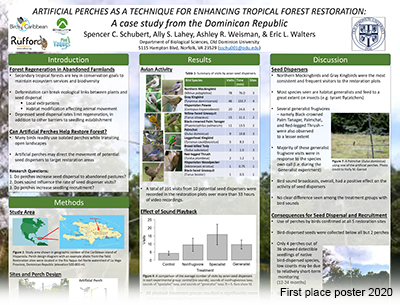College
Strome College of Business
Program
Ph.D. Public Administration and Policy - School of Public Service
Publication Date
Spring 2020
DOI
10.25883/85ge-dz27
Abstract
The purpose of this research is to examine emergency preparedness in nursing homes within the Hampton Roads region. In 2016, the Centers for Medicare & Medicaid (CMS) added specific emergency preparedness requirements to the existing fire safety requirements for regulated nursing homes. The Emergency Preparedness rule outlines regulations for states and long-term care facilities in four core elements: risk assessment and emergency planning; communication plan; policies and procedures; and training and testing. Although there has been an increased focus on emergency preparedness for hospitals, the long-term care industry has often fallen through the cracks as an important component of the health care system. Previous literature has identified gaps in nursing home disaster preparedness. Efforts to close those gaps and improve nursing home preparedness include involving nursing home administrators, health care associations, as well as local, state and national regulators and administrators. The population in this quantitative study include CMS regulated nursing homes in Chesapeake, Hampton, Newport News, Norfolk, Portsmouth, Suffolk and Virginia Beach, Virginia. This study examines how facility size and staffing levels are related to CMS emergency preparedness rule compliance for regulated nursing homes in the Hampton Roads region. Findings from this study will highlight the progress that has been made in nursing home emergency preparedness while also identifying possible challenges for facilities in this area.
Keywords
CMS emergency preparedness rule, Nursing homes, Emergency preparedness
Disciplines
Emergency and Disaster Management | Public Administration
Files
Download Full Text (297 KB)
Recommended Citation
Richardson, Tihara A., "Integrating Emergency Preparedness Rules in CMS Regulated Nursing Homes: A Case Study in Hampton Roads, VA" (2020). College of Business (Strome) Posters. 5.
https://digitalcommons.odu.edu/gradposters2020_business/5



